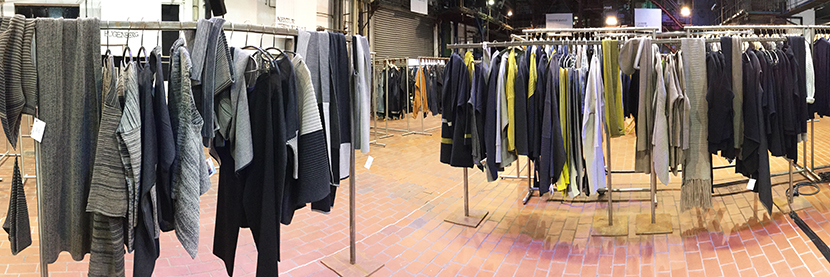What is Slow Fashion?
Slow fashion means dealing with clothing in a more conscious and holistic way.
This not only looks at the garment itself, but also asks: Where does the garment come from? Who made it? What route did it take to get to the shop? But also: How do I, as a consumer, deal with the garment? How long will I wear it?
At Slow Fashion is about deceleration! - for environmentally friendly production and selection of raw materials; for sustainable production and high-quality processing; for fair trade; for the use and durability of clothing.
Slow Fashion versus Fast Fashion
The Slow Fashion movement offers the antithesis of the Fast Fashion Industrywhich reacts to constantly changing fashion trends with cheaply produced, fast-moving goods. The workers in textile factories and the environment suffer most from this industry and way of thinking.
Fast fashion is about producing a large number of items in the cheapest way possible to drive mass consumption over and over and over again.
Slow Fashion literally stands for the deceleration of the fashion industry, i.e. consumption should be slowed down and clothes should be worn longer. This is intended to create better conditions for people and nature, but also to achieve a greater appreciation of clothing.
The concept of slow fashion turns the conventional fashion industry around 180 degrees. It refers to clothing that is produced independently of fast-moving trends. Slow fashion is about quality, timeless design, fair production, sustainability and conscious consumption in contrast to the throwaway mentality of the fast fashion industry.
How can you recognise slow fashion?
Decelerated clothing production has the following characteristics:
- The production is environmentally friendly.
- The raw materials used are chosen with care.
- Slow fashion is produced in a sustainable manner and is processed to a high standard.
- The products used for production usually have a regional origin with a short production chain.
- Trade and production are fair.
- No pesticides, chemicals or other toxic substances of any kind are used
- The focus is on nature-compatible material cycles.
- Every step from fibre to processing is disclosed.
- Second-hand fashion is also slow fashion.
If you think ecologically, you use resources sparingly. Those who consistently think ecologically reduce their use of resources to a minimum according to the motto: "do without what can be done without", because "The best resources are those that are not consumed."

